Description
Flexible Insulated Ducts are versatile and efficient solutions for HVAC (Heating,
Ventilation, and Air Conditioning) systems. These ducts are designed to transport
air from central systems to various parts of a building while minimizing heat loss or gain.
They consist of an inner core made of flexible material, insulation (typically fiberglass or foam),
and an outer protective layer. These ducts are lightweight, easy to install, and ideal for residential,
commercial, and industrial applications.
Features
- Thermal Insulation: Reduces heat loss or gain, improving energy efficiency.
- Lightweight and Flexible: Easy to bend and install in tight or complex spaces.
- Noise Reduction: Insulation helps dampen sound from air movement.
- Durable Construction: Resists wear and tear, ensuring long-lasting performance.
- Air-Tight Design: Minimizes air leakage for efficient airflow.
- Fire-Resistant: Often made with fire-retardant materials for safety.
- Moisture Resistance: Prevents condensation buildup inside the duct.
- Customizable Lengths: Can be cut to fit specific installation requirements.
Specifications
| Parameter | Details |
|---|---|
| Inner Core Material | Flexible aluminum or polymer-coated spiral wire. |
| Insulation Material | Fiberglass, foam, or polyester insulation. |
| Outer Jacket Material | Reinforced foil, PVC, or fire-retardant polymer. |
| Diameter Range | Typically 4 inches to 16 inches (100 mm to 400 mm). |
| Length | Standard lengths of 25 ft (7.6 m) or custom lengths as required. |
| Temperature Range | -20°C to 120°C (-4°F to 248°F), depending on insulation type. |
| R-Value | Varies based on insulation thickness (e.g., R-4 to R-8). |
| Fire Rating | Complies with UL 181 and other fire safety standards. |
| Airflow Efficiency | Designed for low-pressure HVAC systems with minimal friction loss. |
| Applications | HVAC systems, ventilation, exhaust systems, and air distribution. |
Applications
- Residential HVAC: Used in homes for heating and cooling systems.
- Commercial Buildings: Ideal for offices, malls, and hotels.
- Industrial Ventilation: Suitable for factories and warehouses.
- Exhaust Systems: Used in kitchens, bathrooms, and industrial exhausts.
- Air Distribution: Efficiently transports air to diffusers and vents.
Advantages
- Improves energy efficiency by reducing thermal losses.
- Easy to install and adapt to complex layouts.
- Reduces noise from air movement for quieter operation.
- Lightweight and cost-effective compared to rigid ducts.
- Durable and resistant to moisture, fire, and wear.

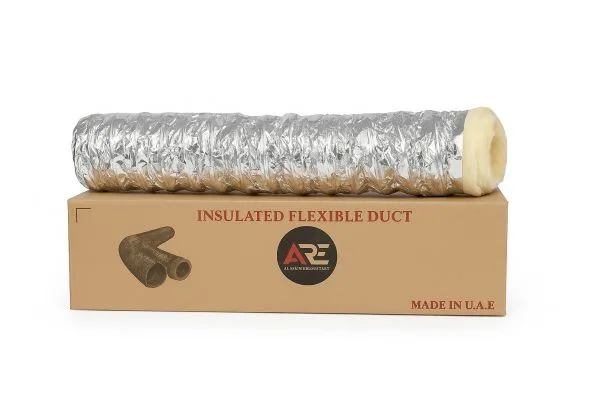

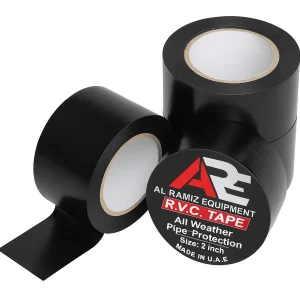
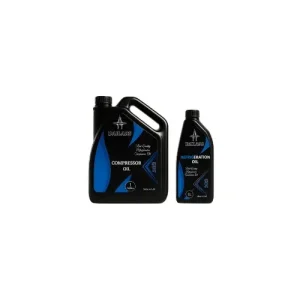

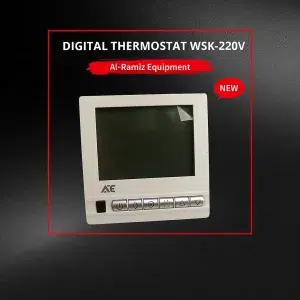
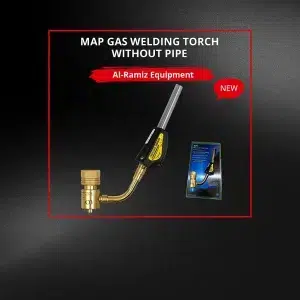
Reviews
There are no reviews yet.